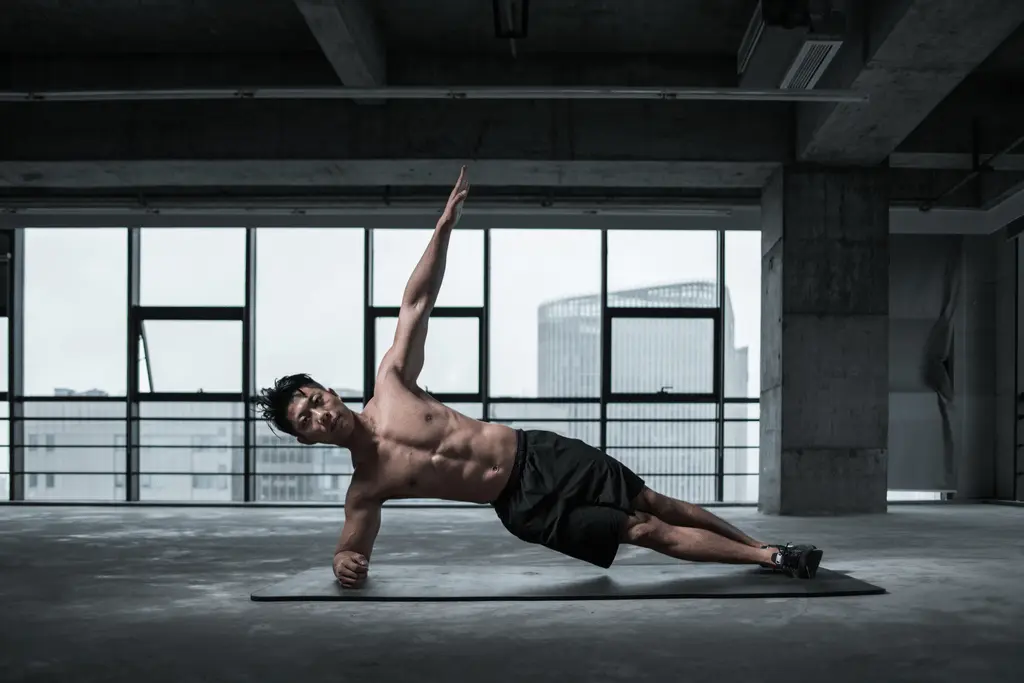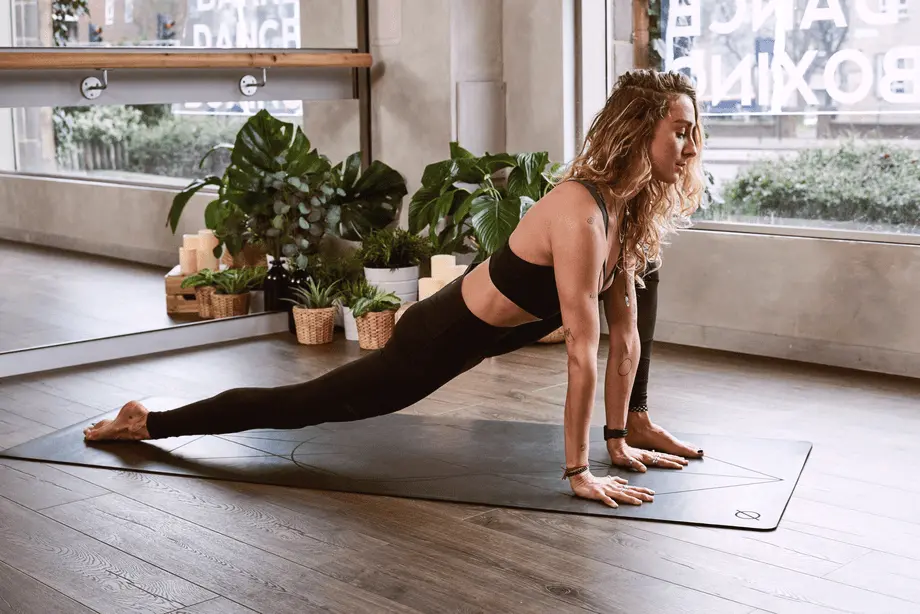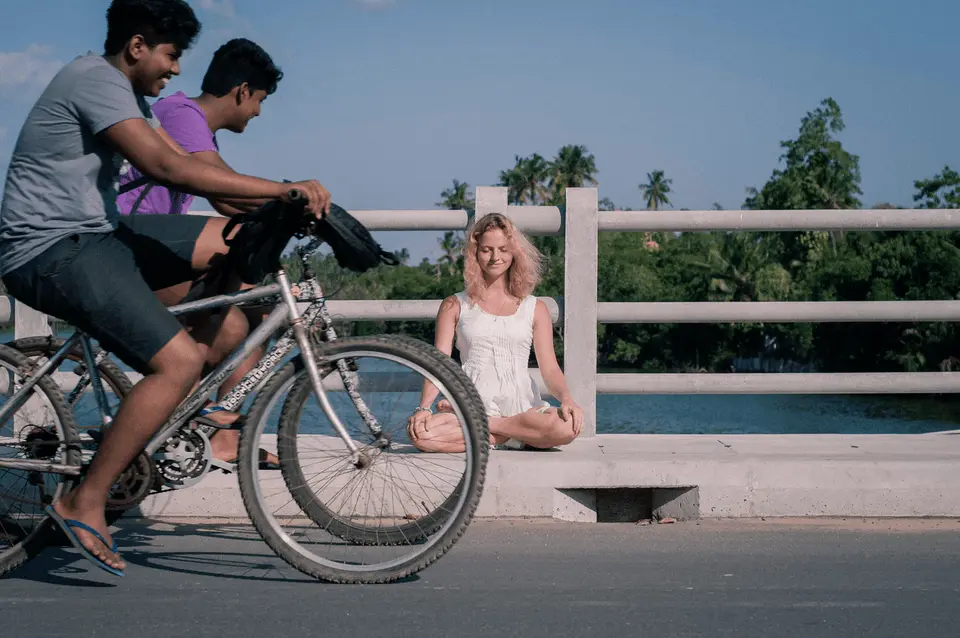"Yoga is soooo overrated!" said nobody, ever. That’s because anyone who has adopted a consistent yoga routine knows firsthand the many benefits that accompany all that stretching, conscious breathing, and moaning and groaning. Think about it — there’s a reason that yoga has stood the test of time and continues to thrive, despite the many fitness and mental health trends that have come and gone.
Believe it or not, there are a lot of cyclists out there who for some reason or another, have an aversion to yoga and believe that cycling alone is all they need to stay fit and maintain mobility. While riding a bicycle is definitely an effective way to get in heart-healthy, fat-burning exercise, it won’t give you the full picture when it comes to flexibility, balance, and overall body awareness.
The truth is, while it may be uncomfortable at first, yoga is the TLC your body has been begging for. Adding yoga to your weekly riding routine might just be the missing piece that helps you feel stronger, more balanced, and more in tune with your body.

### Why Do I Need to Do Yoga?
To understand why you need yoga, it's important to address a common misconception: many athletes, especially cyclists, don't see yoga as something that applies to them. Here are some typical excuses:
- "I don’t need yoga because some light pre and post workout stretching is enough."
- "I already get all the movement I need without yoga."
- "I can barely make time for riding; yoga isn’t worth my time."
- "Yoga isn’t for men; it’s for women."
The reality is that cyclists often suffer from discomfort due to their bent-over riding position. This posture can lead to weak core muscles, which in turn affects posture and causes extra strain on the shoulders and wrists. A strong core is essential for maintaining good form and preventing injury.
In addition to improving posture, yoga increases flexibility, which is crucial for cyclists who spend long hours hunched over handlebars. Tight hip flexors and lower back pain are common issues, and yoga helps release this tension. Even a few minutes of daily practice can make a big difference in how your body feels after a ride.
Another benefit of yoga is its focus on deep, steady breathing. This kind of mindful breathing helps improve aerobic efficiency and control, which can translate into better performance during sprints, climbs, and high-intensity rides.

### Before You Begin
Before you grab a mat and start stretching, take a moment to ask yourself a few questions:
1. **What is my current stretching routine?**
If you're new to stretching, start simple and build consistency. If you’ve done yoga before, focus on refining your practice.
2. **Have I ever done yoga?**
Don’t expect to do a perfect split in two months. Start with beginner-level poses and work your way up.
3. **How often do I ride?**
The more frequently you ride, the more likely you’ll need yoga to support your body.
4. **What kind of riding do I do?**
Whether it’s a casual cruise or a mountain biking adventure, your yoga needs will vary based on your riding style.
5. **Am I noticing any discomfort?**
Pay attention to your body. If you're experiencing unusual pain, consult a doctor before starting a new routine.
Once you've considered these points, it's time to begin your journey into yoga.
### Getting Started
If this is your first time trying yoga or if you haven’t practiced in a while, listen to your body. Being in good cardiovascular shape doesn’t mean you’re flexible. Be honest with yourself and accept where you are. Some poses might feel great, while others might be challenging. Mild discomfort is normal, but if you feel actual pain, stop immediately.
As with any new fitness routine, consult your physician to ensure there are no underlying health concerns. Ignoring this step could lead to unnecessary injuries that keep you off the bike for longer than you’d like.

### Yoga for Riding
The following yoga poses are static stretches, meaning each should be held for 10–60 seconds. Consistent practice can extend hold times to several minutes. The best time to do yoga is either before or after a ride, or on a lighter recovery day.
#### Standard Plank Pose
A full-body strengthening pose, the plank targets the core, shoulders, and triceps. Start with a short hold and gradually increase time as your strength improves.
#### Sphinx Plank Pose
Great for cyclists with lower back pain, this pose helps restore spinal alignment and relieve shoulder stiffness.
#### Head-to-Knee Forward Bend
This pose targets hamstrings, hip flexors, and the lower back — all areas that can become tight from cycling.
#### Pigeon Pose
One of the most effective poses for opening the hips, though it can be challenging. Try the reclined version if needed.
#### Runner’s Lunge
Helps open the hips and stretch the legs — perfect for cyclists.
#### Butterfly Pose
Opens the inner thighs and hips, making it ideal for those who sit a lot or ride for long periods.
#### Tips for Beginners
Start with beginner versions of poses, use props like blocks or bolsters, and focus on consistency rather than intensity.
### The Bottom Line
Cycling offers incredible health benefits, but to get the most out of your rides, consider adding yoga to your routine. With a history spanning thousands of years, yoga has proven to enhance breath control, flexibility, muscle awareness, and posture. It also promotes a mind-body connection and aids in recovery.
So, instead of asking, “Why should I do yoga?†ask yourself, “Why aren’t I doing yoga?â€
---
**America's best bicycle insurance**
Get a free instant quote today and protect your passion.
Bags Assisting Machinery,Auxiliary Material Machine,Dryer And Agitator Machine,Dryer Agitator Machine For Pp
Zhejiang Sanlong Universal Machinery Co.,Ltd. , https://www.sanlongco.com
